Imagine stepping into a world where the air bites at your lungs, the rocks glow with ghostly yellows, and every breath could be your last. Yet, in this dangerous darkness, life not only survives—it thrives. Sulfur caves, with their toxic fumes and striking landscapes, are some of the most hostile places on Earth. But, like a hidden garden behind a thorny gate, these caves are bursting with astonishing forms of life, many of which exist nowhere else. What secrets do these deadly caverns hold, and how can something so lethal be so full of life? Let’s dive into the mysterious underworld of sulfur caves, where beauty and danger walk hand in hand.
The Allure of the Unknown: Why Sulfur Caves Fascinate Us

Sulfur caves are shrouded in mystery, drawing explorers and scientists like moths to a flame. Their otherworldly landscapes, painted in vivid yellows, oranges, and whites, are like something out of a science fiction novel. The sense of danger, with every step potentially exposing you to toxic gases, only adds to their hypnotic pull. For many, the idea of life flourishing in such extreme conditions feels almost magical or impossible. These caves challenge our understanding of what’s possible in nature, making them irresistible to those who crave discovery. The thrill of exploring these hidden ecosystems is matched only by the hope of finding completely new forms of life.
What Are Sulfur Caves?

Sulfur caves are unique geological formations where volcanic activity or chemical reactions have created vast underground chambers rich in sulfur. The air inside is often thick with hydrogen sulfide gas, which gives off a rotten egg smell and can be extremely toxic to humans and animals. These caves are usually found in areas with active or dormant volcanoes, where sulfur deposits are plentiful. The walls and floors are often coated in bright yellow crystals or pasty white minerals, giving the caves their distinctive look. The presence of sulfur not only shapes the cave’s chemistry but also creates a habitat unlike any other on the planet. Despite their hellish conditions, these caves are home to some of Earth’s most fascinating organisms.
The Toxic Atmosphere: A Deadly Challenge

Entering a sulfur cave is not for the faint of heart. The air can be dangerously thin, laced with hydrogen sulfide and sulfur dioxide—gases that can suffocate or poison in minutes. Even with safety gear, explorers risk headaches, dizziness, or worse. These gases are heavier than air, often pooling in the deepest parts of the cave and making navigation treacherous. The high acidity inside can corrode metal and burn unprotected skin, turning every visit into a race against time. It’s a place where the environment is actively trying to repel life, making the presence of thriving communities all the more astonishing. Despite the peril, the toxic air sets the stage for some of the most dramatic adaptations in the natural world.
The Dazzling Colors of Sulfur

The first thing most people notice about sulfur caves isn’t the smell—it’s the color. Sulfur itself is a bright, almost neon yellow, but chemical reactions can create a rainbow of hues throughout the cave. You’ll see oranges, reds, and even eerie blues and greens glowing in the dim light of a headlamp. These colors aren’t just for show; they’re clues about the cave’s chemistry and the life it supports. The vivid yellows come from pure elemental sulfur, while the whites and creams are often sulfate minerals. In some places, colorful mats of bacteria cling to the walls, turning the cave into a living canvas. The result is a landscape as beautiful as it is alien—a place that looks more like the surface of another planet than anything on Earth.
How Sulfur Caves Form
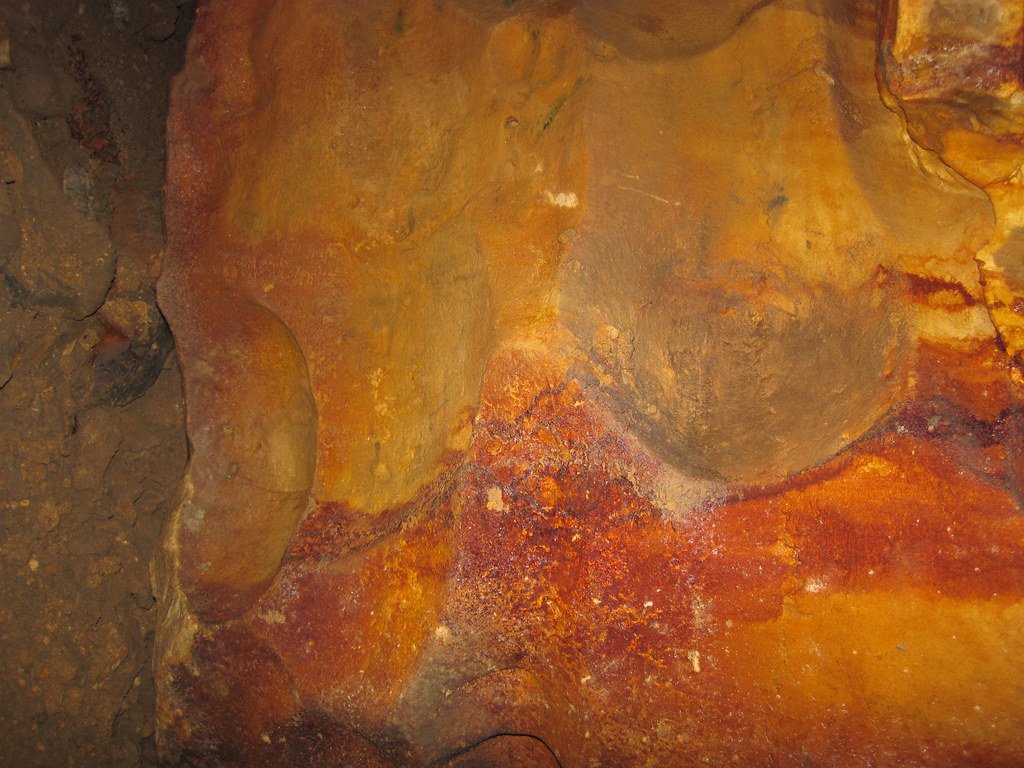
Sulfur caves begin their lives deep underground, shaped by the restless forces of our planet. Volcanic activity is often the main architect, with hot gases and fluids traveling through cracks in the rock. When these gases mix with groundwater, they create sulfuric acid, which can eat away at limestone or other rocks to form vast caverns. Over thousands or even millions of years, these processes hollow out intricate networks of tunnels and chambers. In some cases, entire cave systems are sculpted almost entirely by chemical erosion rather than physical forces like water flow. The result is a labyrinth of passageways filled with mineral formations and shimmering pools, each shaped by the unique chemistry of sulfur.
Extreme Life: Microbes at the Edge

One of the most shocking discoveries in sulfur caves is the abundance of life, especially microbes. These tiny survivors are called extremophiles—organisms that love living on the edge. Many of them feed directly on sulfur or the toxic gases present in the cave, turning what would kill most creatures into their main energy source. Some of these microbes are so unique they’ve never been found anywhere else. Scientists believe studying them could offer clues to the origins of life on Earth and even the possibility of life on other planets. These microbes form the base of a food web that supports all other cave dwellers, proving that where there’s a niche, life will find a way.
Alien Worlds Beneath Our Feet
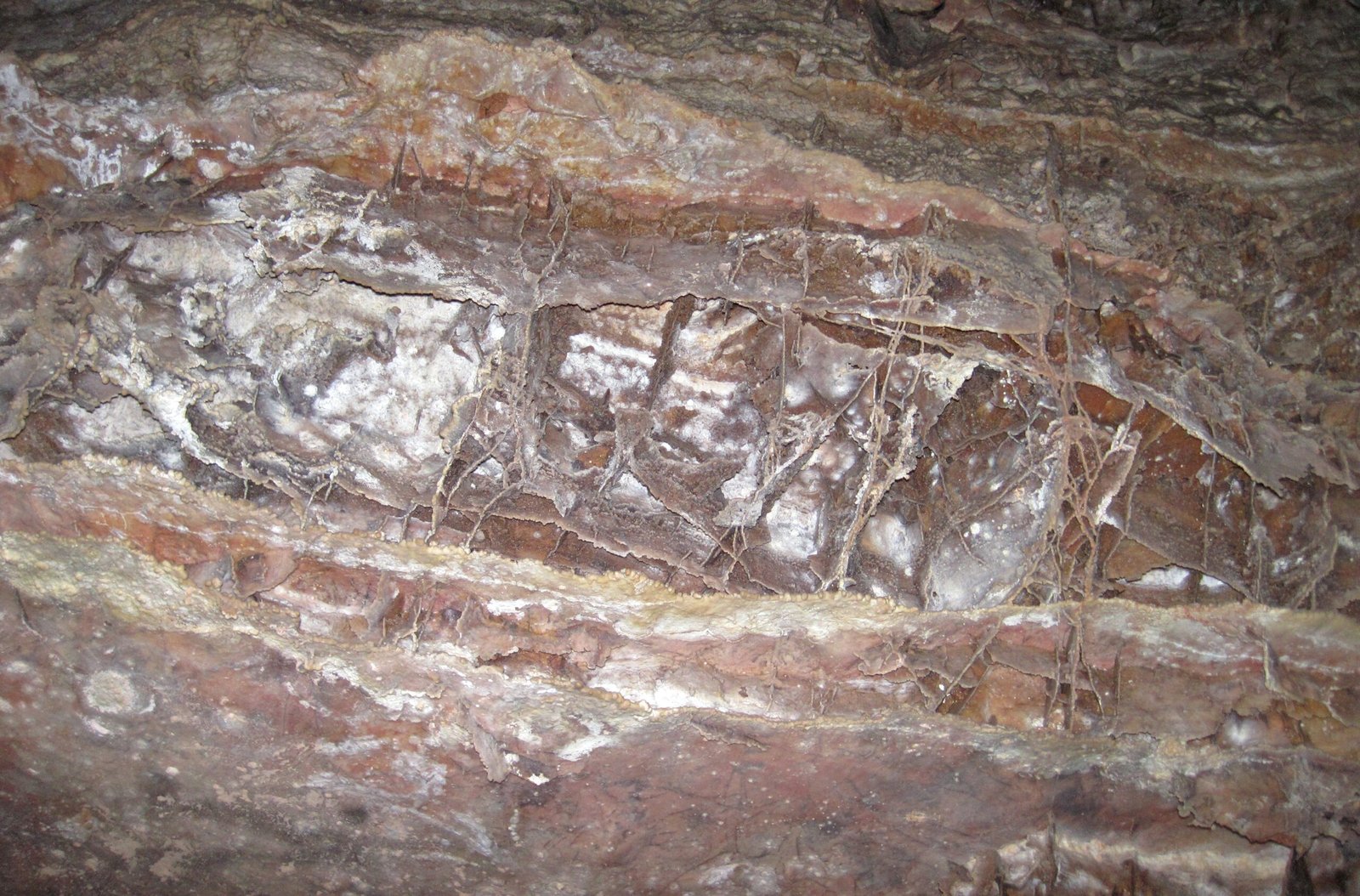
It’s hard not to think of sulfur caves as alien landscapes. The combination of toxic air, bizarre mineral formations, and strange life forms makes them feel like the set of a sci-fi movie. In fact, NASA scientists have studied these environments to better understand what life might look like on Mars or the icy moons of Jupiter. The way life in sulfur caves adapts to extreme conditions—using chemicals instead of sunlight for energy—mirrors what we might expect elsewhere in the universe. Exploring these caves is like peeking through a window into a world that shouldn’t exist, yet somehow does, right beneath our feet.
Animals That Defy the Odds

It’s not just microbes that call sulfur caves home. Some insects, spiders, and even fish have adapted to these harsh environments in truly astonishing ways. Blind cave beetles, for example, navigate purely by touch, while some fish have evolved to survive in acidic, low-oxygen water. These animals often have pale or translucent bodies, lacking the pigments needed to protect against sunlight they never see. Many have slow metabolisms to cope with scarce food supplies, and some can even tolerate small doses of toxic gases. Each of these creatures is a living testament to evolution’s resourcefulness, thriving where logic says they shouldn’t.
Deadly but Essential: The Role of Sulfur in Life
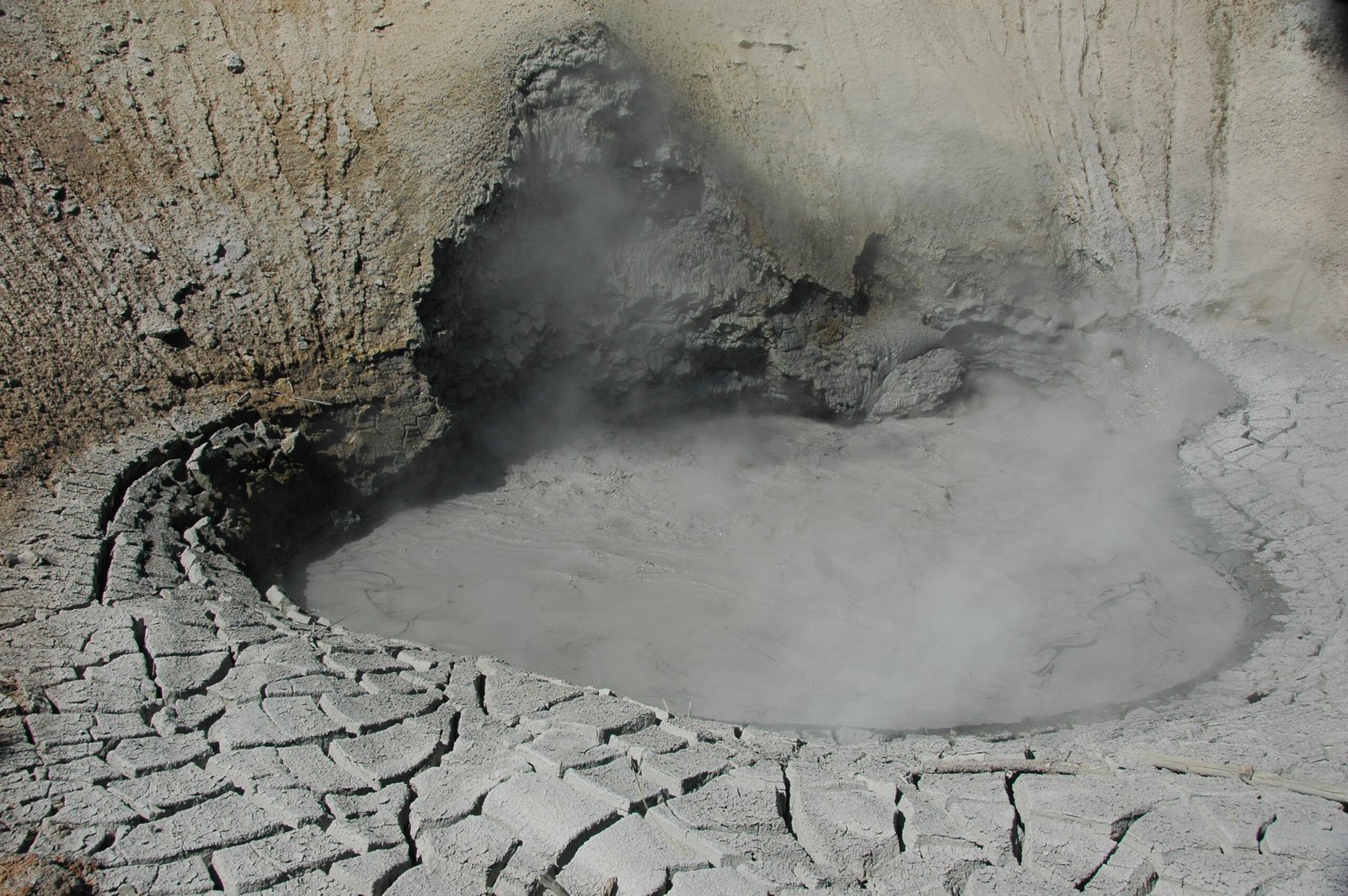
Despite its reputation as a killer, sulfur is also a building block of life. It’s found in vital amino acids and proteins that all living things need to survive. The unique chemistry of sulfur caves helps scientists understand the delicate balance between life and death in extreme environments. The microbes here play a crucial role in cycling sulfur and other elements, making them essential to the health of the ecosystems both inside and outside the cave. Without sulfur, life as we know it would look very different—or might not exist at all. In this way, sulfur caves are both deadly and deeply life-giving.
Human Encounters: Risks and Rewards

Exploring sulfur caves is not a casual adventure. Specialized training, equipment, and a healthy respect for danger are essential. Scientists and cavers wear gas masks, carry oxygen monitors, and plan every step carefully. Yet, the rewards are immense. Each expedition can uncover new species, minerals, or insights into Earth’s history. The thrill of discovery is matched by the constant presence of risk, making every finding hard-won. For many, the chance to contribute to our understanding of life’s resilience is well worth the dangers faced.
Famous Sulfur Caves Around the World

Sulfur caves are rare, but a few have gained global fame. The Movile Cave in Romania, for example, is sealed off from the outside world and filled with deadly gases, yet supports a unique ecosystem. In Italy, the Solfatara Crater near Naples offers a glimpse into shallow sulfur caves formed by volcanic activity. Indonesia’s Ijen Volcano is home to awe-inspiring blue flames and sulfur miners who brave toxic fumes daily. Each location is a living laboratory, offering up clues about the origins of life and the power of adaptation. These sites remind us that even the harshest environments can be centers of vibrant life.
Scientific Discoveries: New Species and Adaptations

Every time scientists venture into a sulfur cave, there’s a real chance of finding something completely new. New species of bacteria, worms, and insects are regularly discovered, many of which have never been seen anywhere else. These organisms often have bizarre adaptations—like enzymes that neutralize toxins or body parts that act as living filters. Studying these life forms has led to insights in medicine, genetics, and even the search for extraterrestrial life. The caves act as time capsules, preserving ancient lineages and offering a glimpse into evolution’s wildest experiments.
The Chemistry of Survival

Surviving in a sulfur cave requires more than just luck; it demands radical adaptations at the cellular level. Microbes use chemosynthesis instead of photosynthesis, turning chemical energy from sulfur into food. Animals often have specialized organs or symbiotic relationships with bacteria to process toxins safely. Even the cave walls can play a role, providing micro-niches where conditions are just right for life to cling on. The chemistry of survival here is a dance of danger and opportunity, with each organism finding its own ingenious way to beat the odds. It’s a testament to nature’s ability to turn even poison into possibility.
Lessons for Our Changing Planet
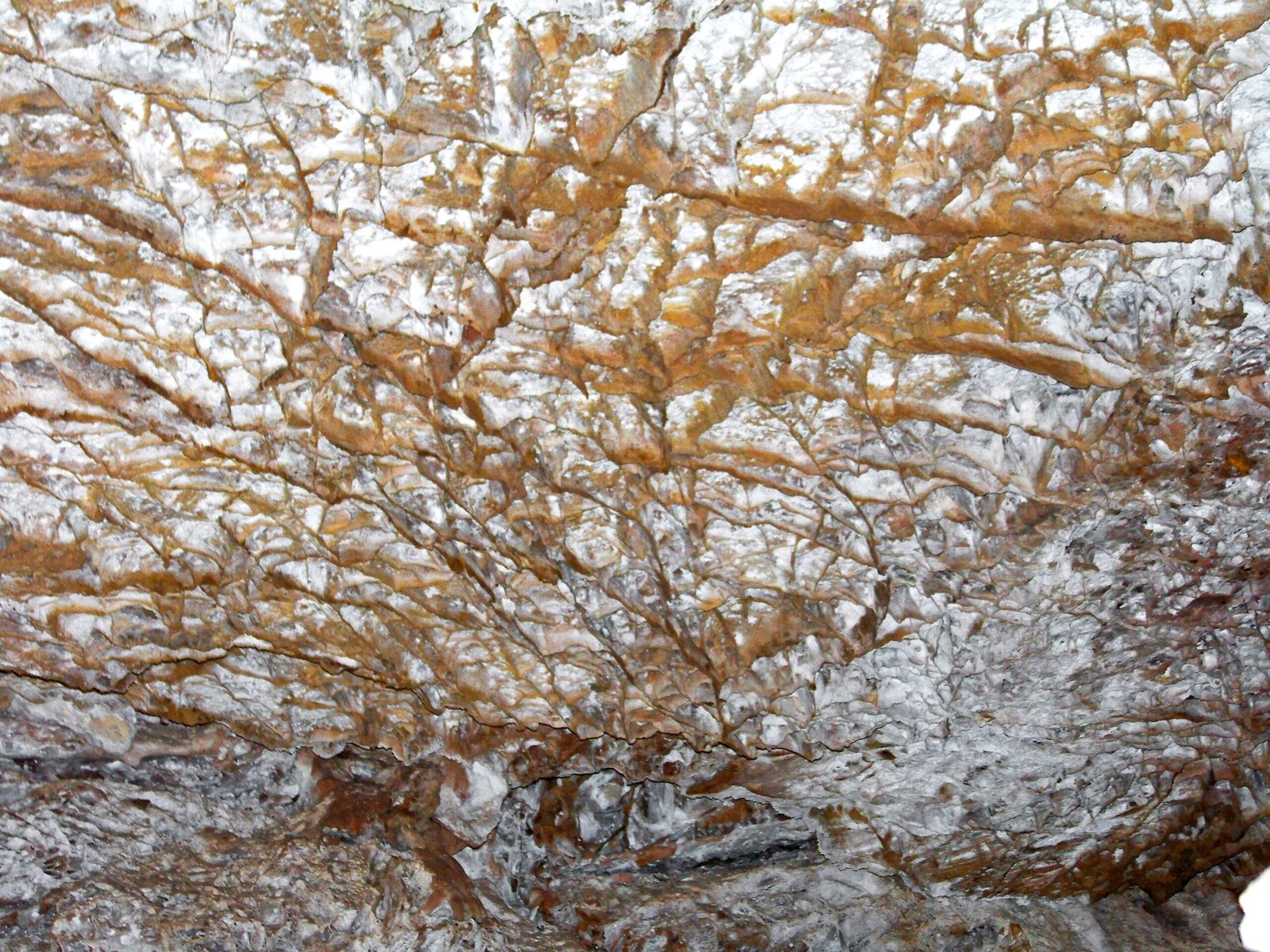
Sulfur caves are not just scientific curiosities—they offer important lessons for our rapidly changing world. The resilience of life in these extreme environments shows how ecosystems can adapt to even the harshest conditions. Studying these caves can help scientists predict how life might respond to pollution, climate change, or other environmental stresses. The ability of microbes to clean up toxic waste or breakdown pollutants could inspire new technologies for cleaning up our own messes. In a world facing unprecedented challenges, the humble inhabitants of sulfur caves might just hold the keys to survival.
Conservation: Protecting the Unseen World
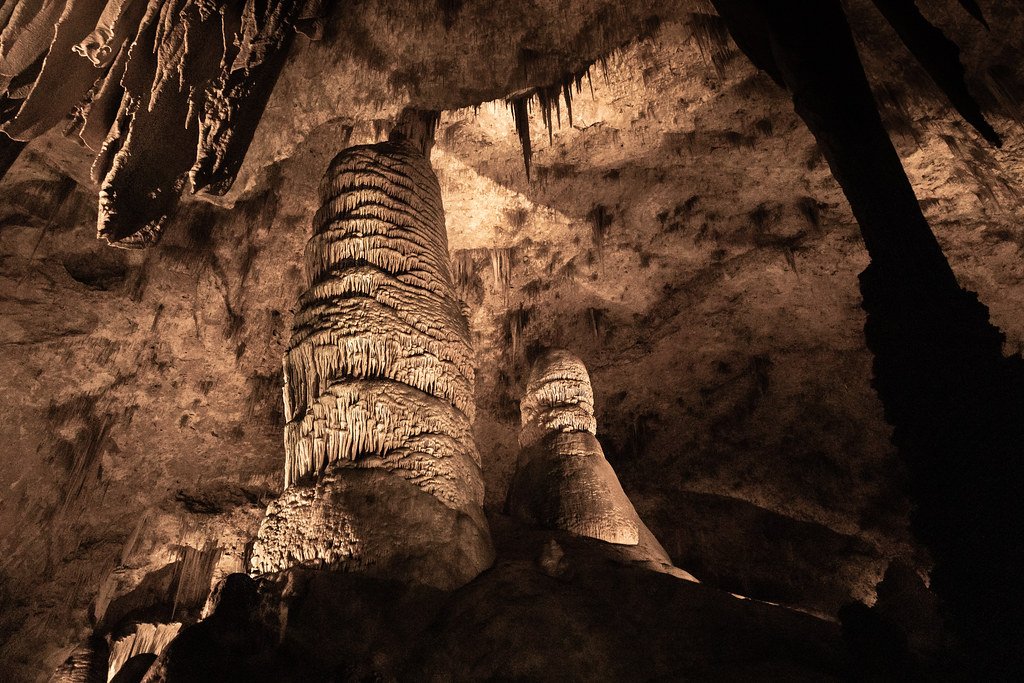
Despite their hidden nature, sulfur caves are vulnerable to human activity. Pollution, tourism, and mining can disturb delicate habitats or introduce foreign species that upset the balance. Many of these caves are still unprotected, their unique ecosystems at risk of disappearing before we even know what’s there. Scientists and conservationists argue that these environments deserve special protection, not just for their scientific value, but for the sheer wonder they inspire. Safeguarding sulfur caves means preserving some of Earth’s last truly wild frontiers—a responsibility that falls on all of us.
The Future of Sulfur Cave Exploration
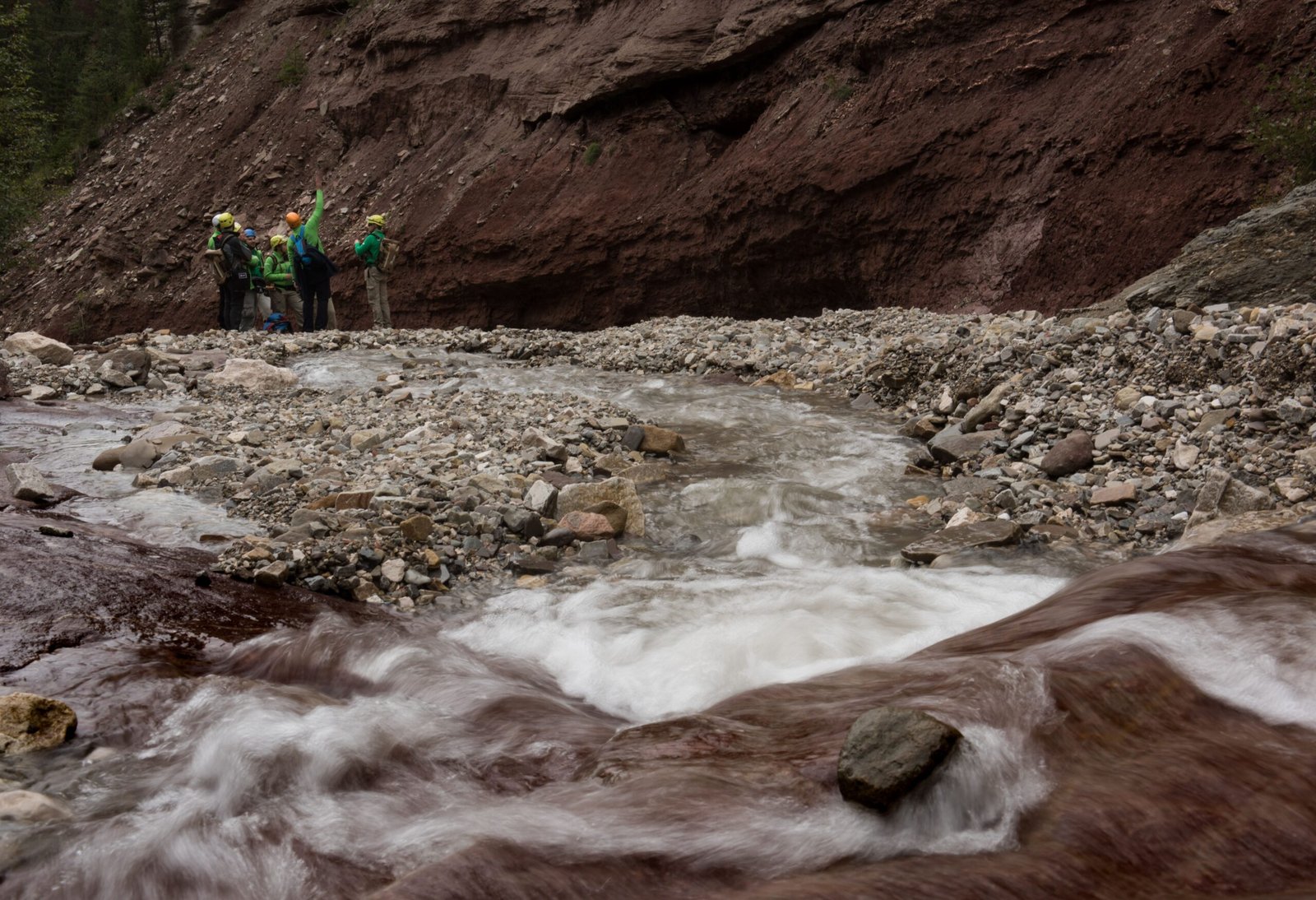
Advances in technology are making it possible to explore sulfur caves more safely and thoroughly than ever before. Remote robots, drones, and advanced sensors can venture where humans cannot, bringing back samples and images from the deepest recesses. The next decade promises even more discoveries, with the potential for breakthroughs in everything from medicine to space exploration. As we push further into these deadly but beautiful worlds, one thing is certain: we’ve only scratched the surface of what sulfur caves have to teach us.
The Enduring Mystery of Life in the Dark

Sulfur caves are a paradox—deadly yet alive, repellent yet captivating. They remind us that life is not easily defeated, that beauty can be found in the most unlikely places, and that our planet is still full of secrets waiting to be uncovered. The more we learn about these toxic wonderlands, the more we realize how much we have yet to discover. What else might be thriving in the darkness, just beyond our reach?


